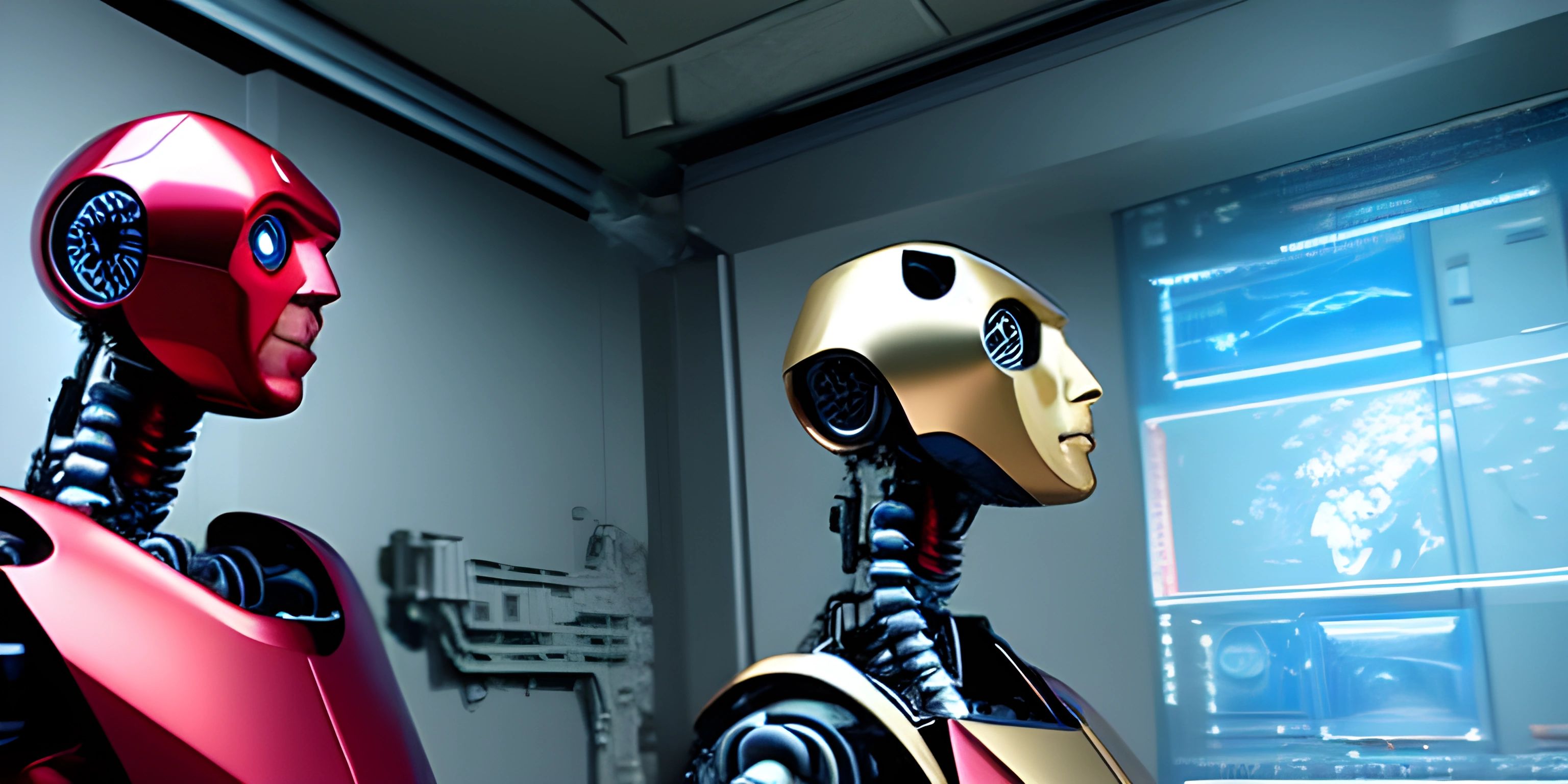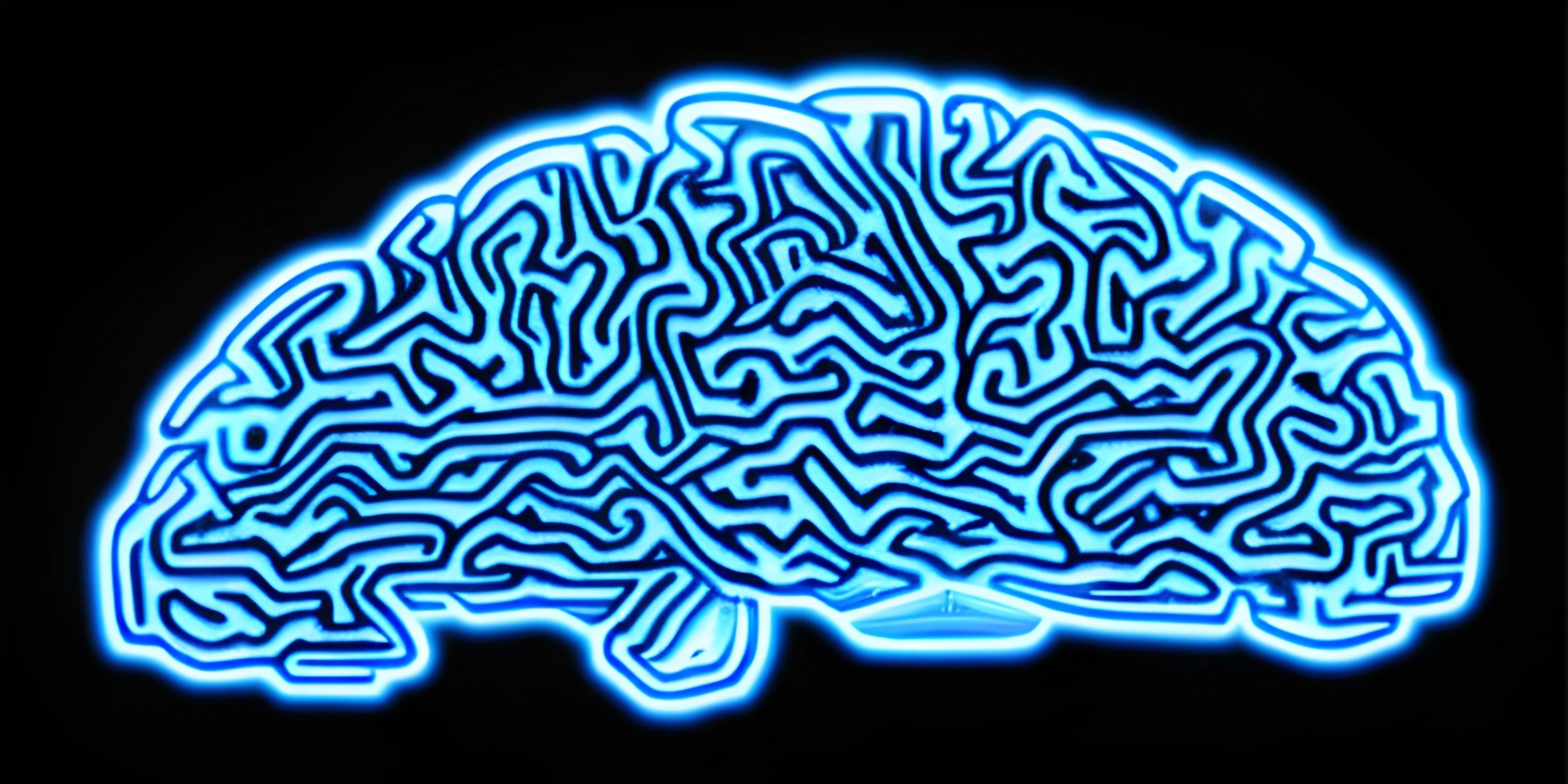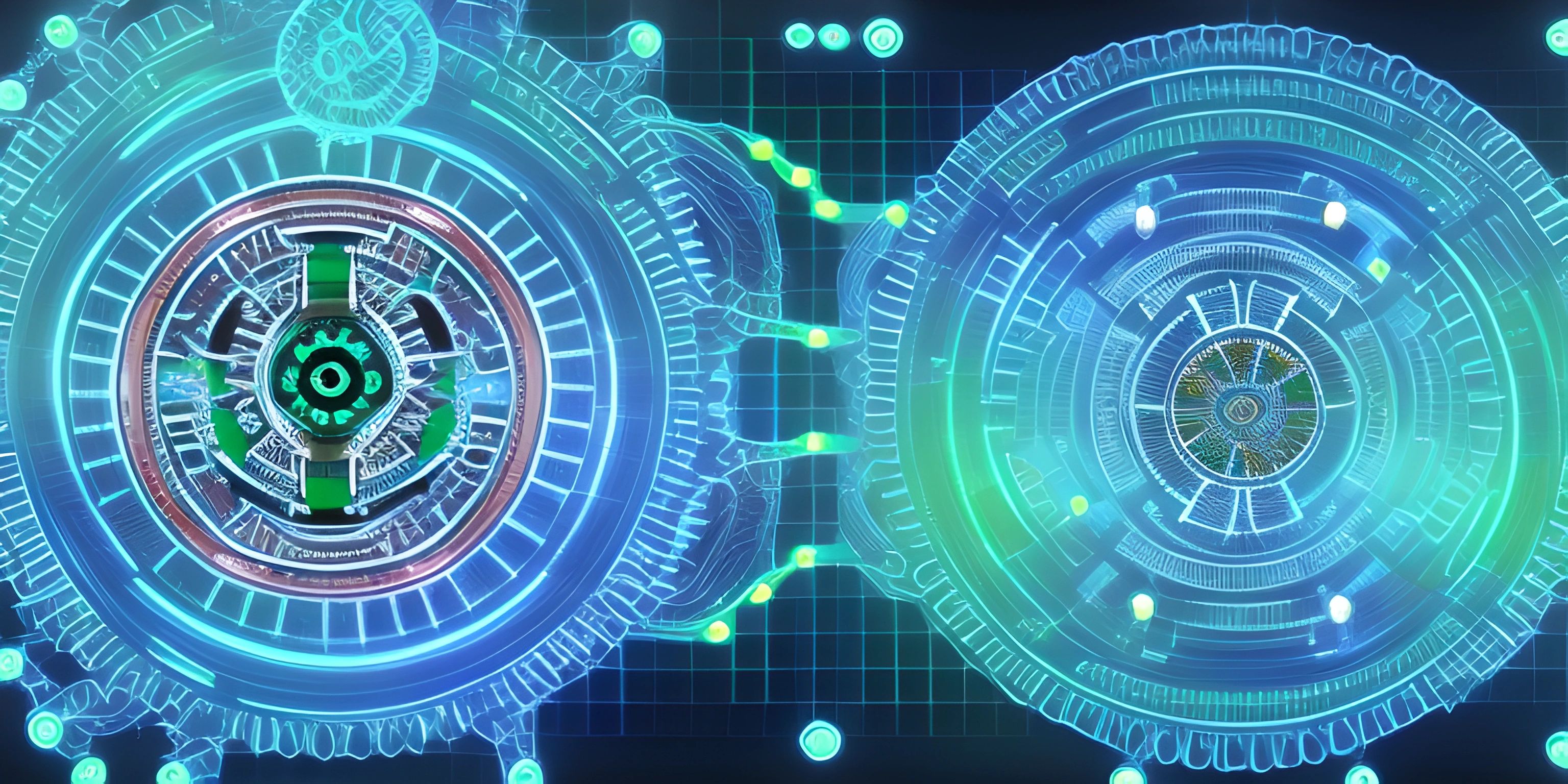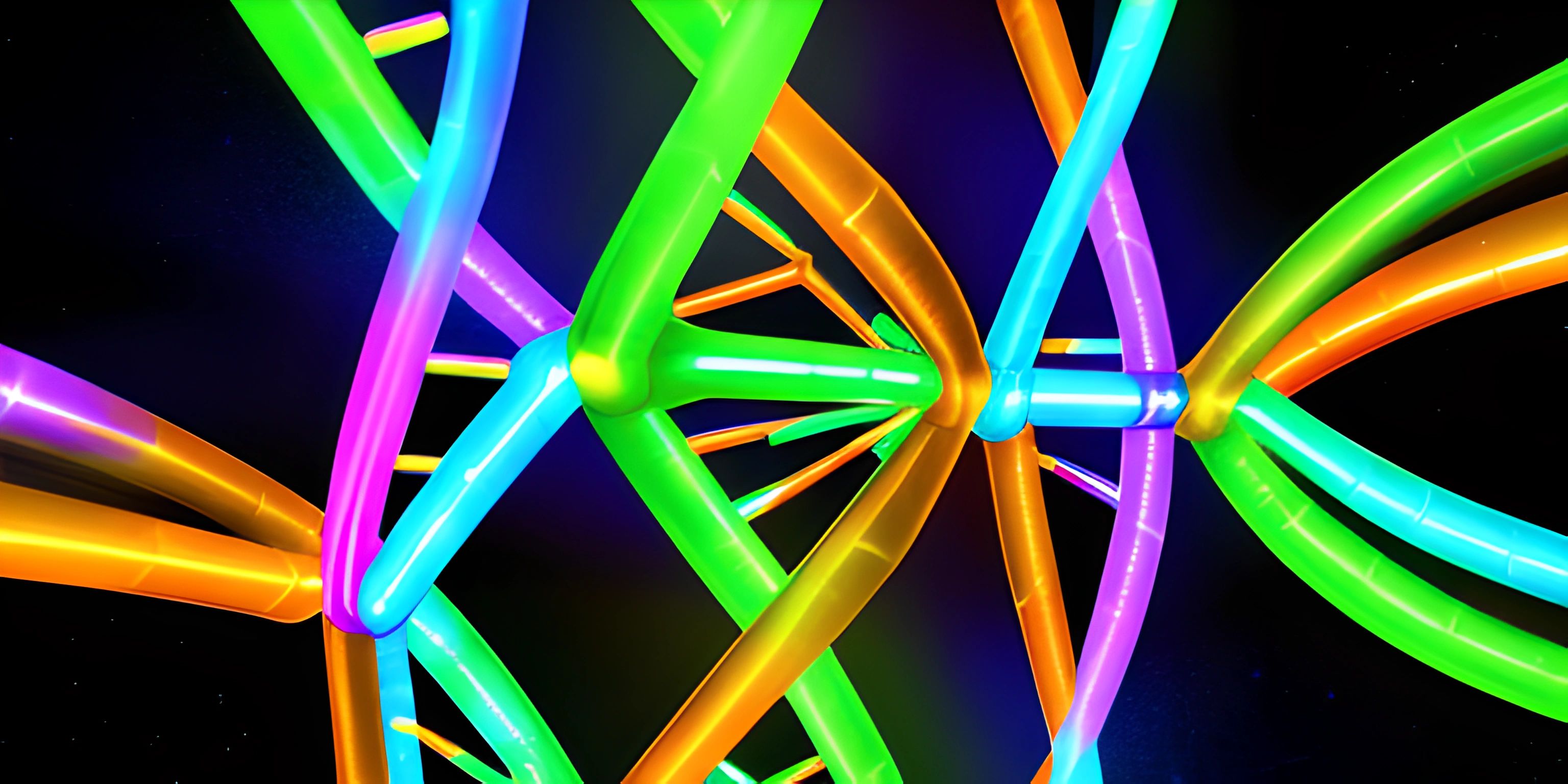Artificial Intelligence: An Overview

Note: this page has been created with the use of AI. Please take caution, and note that the content of this page does not necessarily reflect the opinion of Cratecode.
A journey into the world of Artificial Intelligence (AI) is like stepping onto a roller coaster ride—thrilling, mind-boggling and at times, downright scary. But fear not! We're here to navigate the twists and turns of this fascinating field together.
Birth of AI
First, let's plunge into the past. The concept of AI was born in the 1950s, with the likes of Alan Turing proposing that machines could potentially "think". Fast forward a few decades, and we've got Siri, Alexa, and self-driving cars! Talk about a quantum leap, right?
Machine Learning
AI's evolution has been powered by various sub-fields. One of the most significant is Machine Learning (ML). In layman's terms, ML is like teaching a toddler to recognize shapes. You keep showing the toddler different shapes until they can identify them on their own. Similarly, ML algorithms learn from data to make predictions or decisions without being explicitly programmed to perform the task.
from sklearn.ensemble import RandomForestClassifier clf = RandomForestClassifier() clf.fit(X_train, y_train) predictions = clf.predict(X_test)
This sample Python code trains a Random Forest classifier (a popular ML algorithm) on some training data (X_train, y_train) and then makes predictions on test data (X_test).
Deep Learning
Deep Learning, a subset of ML, takes inspiration from the human brain's workings, mimicking its neural networks. This technique uses layers of algorithms called neural networks to extract and process features from the data. It's like peeling an onion—each layer unearths a new level of insights!
Applications
AI’s applications span from voice assistants that make our lives easier, to revolutionizing industries like healthcare, finance, and transportation. It’s not an understatement to say that AI has become an integral part of our lives, whether we realize it or not!
Hey there! Want to learn more? Cratecode is an online learning platform that lets you forge your own path. Click here to check out a lesson: Why Program? (psst, it's free!).
FAQ
When was AI born?
The concept of AI was first proposed in the 1950s.
What is Machine Learning?
Machine Learning is a sub-field of AI that focuses on enabling machines to learn from data and make predictions or decisions without being explicitly programmed to perform the task.
How does Deep Learning relate to Machine Learning?
Deep Learning is a subset of Machine Learning. It uses layers of algorithms, called neural networks, to extract and process features from the data, much like peeling an onion to expose more layers of insight.
What are some applications of AI?
AI’s applications are incredibly diverse, from voice assistants like Siri and Alexa, to revolutionizing fields like healthcare, finance, and transportation.
Is AI an integral part of our lives?
Yes, AI has become an integral part of our lives, even if we don't always realize it. It's present in everything, from the recommendations we get when we shop online, to the voice assistants we use at home, and even the ways our healthcare is delivered.





